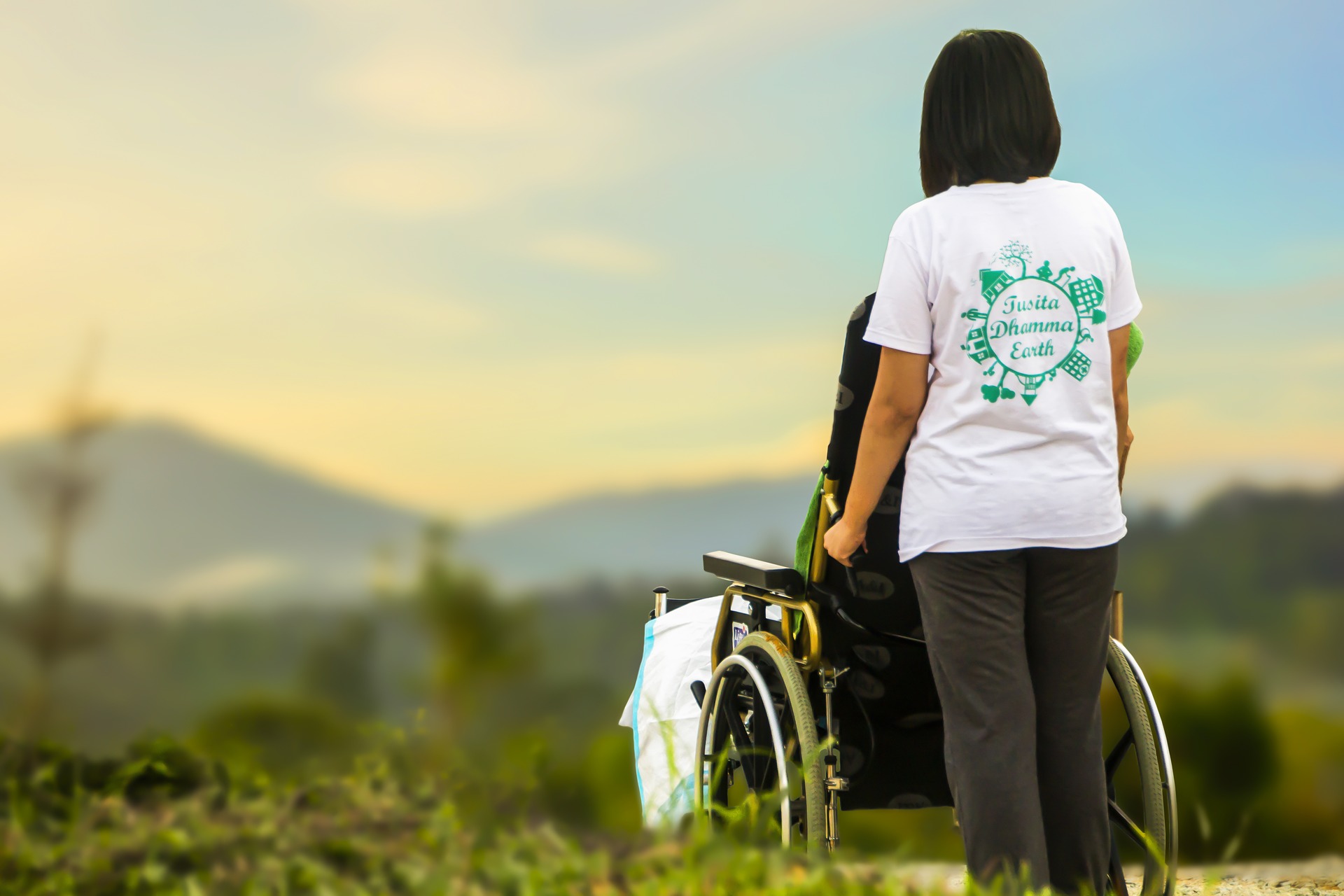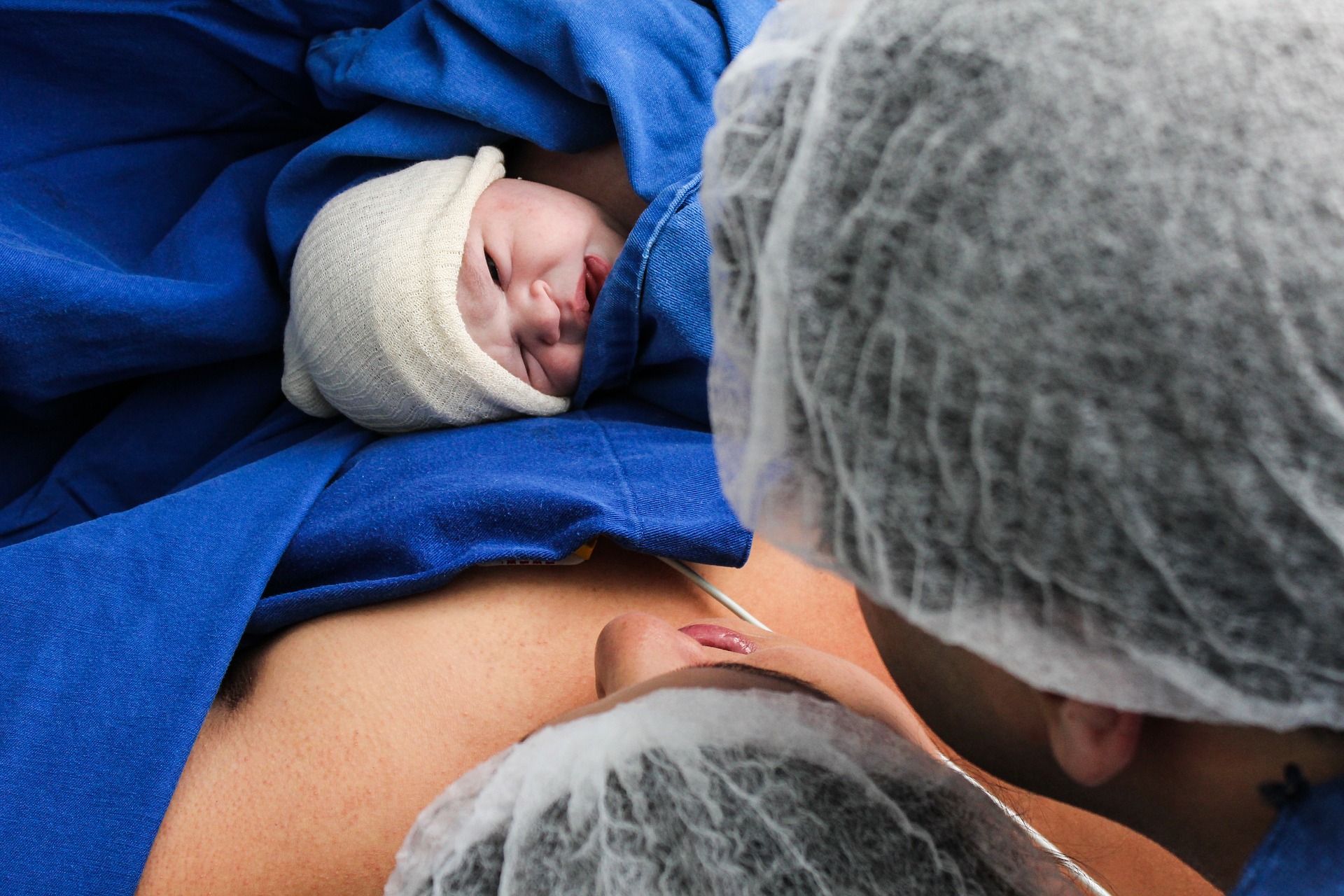Início Práticas integrativas e complementares e suas aplicabilidades nos campos de formação e...
terapias complementares

Práticas integrativas e complementares e suas aplicabilidades nos campos de formação e atuação de enfermeiro
Resumo:
Introduction: Integrative and Complementary Practices have gradually strengthened significantly since they became a reality in the field of health and a National Policy of Integrative and Complementary Practices (PNPIC), in 2006. However, the applicability of these integrative practices in the process of caring in nursing and the relationship with the role of the nurse deserve to be reflected, even 14 years after the PNPIC was implemented. Objective: to highlight the integrative and complementary practices in the fields of education and performance of nurses, described in the national scientific production. Review: integrative of the literature carried out in the Lilacs, Bdenf, Medline, Scielo, Mosaico, VHL and Ebsco databases and databases based on the descriptors nursing care, nursing education, alternative therapies, complementary therapies, in Portuguese and available in full being guided by the question: “In what way have PICs been approached and used in the fields of education and performance of nurses? Discussion: The nurse demonstrates an understanding that the know-how of the PICs requires levels of understanding and appropriation of the technical, scientific and ethical knowledge of the profession, which are deficient or negligent in professional training, however such a gap does not prevent the experiences lived with the PICS that evidently they have been practiced based on empiricism, impairing such applicability in a competent way in the nurses' actions. Final considerations: PICs have been adopted in nursing practice, however the knowledge limitation for such applicability is conscious on the part of Nurses, elucidating concerns to carry out and manage them within the care process, as well as encouraging better training and dialectical spaces related, both in the academic area and in continuing / permanent education.
Keywords: nursing care; nursing education; alternative therapies; complementary therapies.
Expandir Resumo
Acessar Texto Completo

Parto normal, dor e métodos não farmacológicos: uma revisão integrativa
Resumo:
Introduction: The woman and ensuring that this is a unique and special moment. The non-pharmacological methods seeks the reduction of pain and provides episodes of relaxation and comfort for the parturient without the risk of harmful side effects to the patient. The objective of this article is to describe the existing non-pharmacological methods for the relief of pain in labor. Review: This is an integrative review that raised 35 studies that describe the benefits of pharmacological methods for pain relief in childbirth. Discussion: The pain of childbirth, historically, is seen as something almost intolerable to deal with, being rewarded only for the pleasure of having the child in your arms. This painful sensation differs according to the cultural, social, and biological aspects of the woman, being seen in some cultures as a necessary pain, an initial milestone in motherhood. Conclusion: If within the process of parturition a humanized team work is carried out, guaranteeing the woman's protagonism in this moment and seeking that the non-pharmacological methods bring benefits for the relief of pain and the promotion of the woman's relaxation, we will have strong evolutions within obstetrics and the reduction of traumatic events for the woman in this unique moment of great value. It is emphasized that these non-pharmacological practices bring greater evolutions in the process of parturition if they are performed in a combined way.
Keywords: pain relief, non pharmacological methods, complementary therapies, birth work.
Expandir Resumo
Acessar Texto Completo

A viabilidade da metodologia Pragmatic Randomized Clinical Trials (PRCT) à pesquisa de Medicina Tradicional Chinesa
Resumo:
Introduction: Traditional Chinese Medicine (TCM) is an Integrative and Complementary Practice and employs an integrative and complex view of the subject. Randomized Controlled Trials' methodology does not address the complex view of TCM. However, other methods such as pragmatic randomized controlled trials seem to be more appropriate. Objective of this work was to systematize and discuss the articles that used the Pragmatic Randomized Controlled Trials methodology with TCM practices. Review: A systematic review of the literature of clinical trials using the PRCT methodology was performed. Articles from the databases were collected: PubMed, Scielo, Mosaico, Web Of Science and Cochrane. Discussion: The 17 selected studies found efficacy of TCM compared to the usual biomedical treatment. The PRCT seems to be a very appropriate methodology for conducting clinical trials and producing evidence regarding TCM practices and other integrative and complementary practices. Final considerations: the PRCT method allows the implication of a multidimensional and singular view of the subject, offering the benefit of not excluding the complexity of the therapy and the singular view of the health professional in relation to the patients treated in the research.
Keywords: complementary therapies, integrative medicine, pragmatic clinical trial, medicine, chinese traditional, methods, research design.
Expandir Resumo
Acessar Texto Completo

